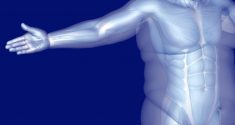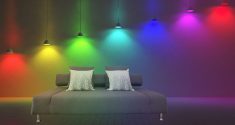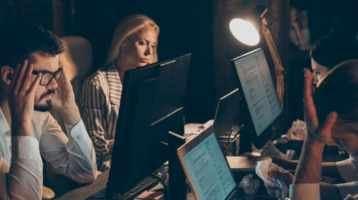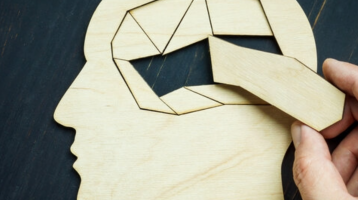Why do most humans get sleepy when the sun sets? New research on light and sleep offers insights into the inner workings of our circadian rhythm.
Have you ever been woken by someone turning on a light? Do you notice it’s harder to fall asleep when your television is on? If so, you have experienced a phenomenon present in all diurnal animals: Light helps to keep diurnal animals, those that are awake during the day and asleep at night, alert and awake throughout the daytime hours. This is true for humans, diurnal mammals and even many kinds of fish. But how exactly does light produce this effect on us? New research on light and our circadian rhythm uncovers some of the neurons and hormones involved.
The Inner Mechanics of Falling Asleep
There is much we still don’t understand about sleep, but we are aware of the general structure of the process of falling asleep. First, we begin to feel tired, then drift into stage 1 sleep, the period when we are still somewhat aware of our surroundings. A person in stage 1 has their heart rate and brain waves gradually slow down until they enter stage 2, or light sleep. Light sleep features very slow brain waves with occasional bursts of activity. People then enter stage 3 sleep, also known as deep sleep. This is when much of the restoration of cells and actual rest occurs. There is a final stage of sleep known as REM sleep, the period during which we dream.
Throughout the night, our brains alternate between different stages of sleep. Each stage of sleep plays a special role in helping us to wake up feeling rested and refreshed. REM sleep, for example, is when we consolidate memories and has been found to be important in other cognitive functions. Stage 3 deep sleep is when the cells of the body refresh themselves, slowing metabolic activity to clean out metabolic wastes and repair DNA damage. But how does light contribute to this complex brain cycle?
Light and Sleep: Understanding the Connections
Our bodies are set up to sense and respond to light. When light is sensed by cells in our retinas called melanopsin, signals are passed to the suprachiasmatic nucleus (SCN), a part of the hypothalamus of the brain that integrates signals and serves as the master clock of the circadian rhythm. Light is a powerful cue to stay awake and serves as one of the major regulators of the circadian rhythm. For example, powerful sleep hormones such as melatonin are made in the absence of light.
How important is light in the process of falling asleep? Researchers looked at mice that lacked the gene for melanopsin, who were thereby incapable of sending messages about light to the brain. They acted as though it were dark (which means more activity, as they are nocturnal) for very long periods of time and had trouble falling asleep. For example, humans who lack the melanopsin receptors or those who have had damage to the eye similarly struggle to regulate their sleep-wake cycle.
Zebrafish and the Human Brain
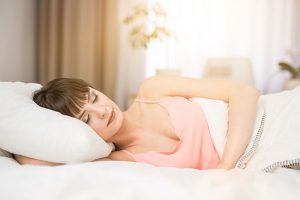
We know now that Prok2 is very important for our sleep-wake cycles. This could have immense implications for human health. Millions of Americans suffer from circadian disorders, which may be treatable with a Prok2 inducing medication or even an analog of the protein. This discovery offers new hope for people who live with the fatigue, exhaustion and sleep disruption of these diseases, which currently have no effective treatment.
Getting the Sleep You Need
Light and dark are clearly important in regulating our sleep and can greatly influence our sleep habits. If you are having trouble getting enough restful sleep, there are a few ways to use this connection to your benefit:
- Dim lights in your house around an hour before bedtime.
- Avoid screens, including smartphones, around the time you wish to go to sleep.
- Consider taking a melatonin supplement.
- Expose yourself to bright natural light throughout the day, especially around times that you wish to be most alert.
Sleep appears to more complicated than we previously could have thought—and also more dependent on levels of light and dark. This new research emphasizes the need to control your exposure to light to ensure that you are alert during the day and sleepy at nights. This can be a difficult task with light and screens glowing even late at night in the modern world. While we may soon be able to develop medications to simulate the neurological effects of light and dark, we currently can only change our environments.
